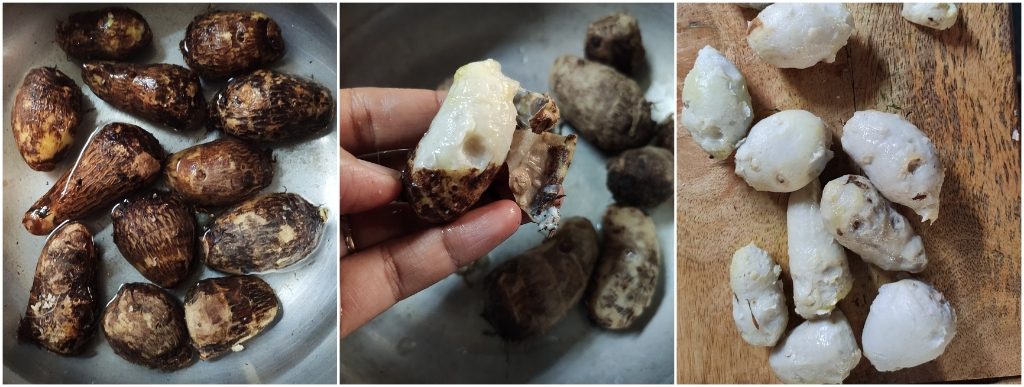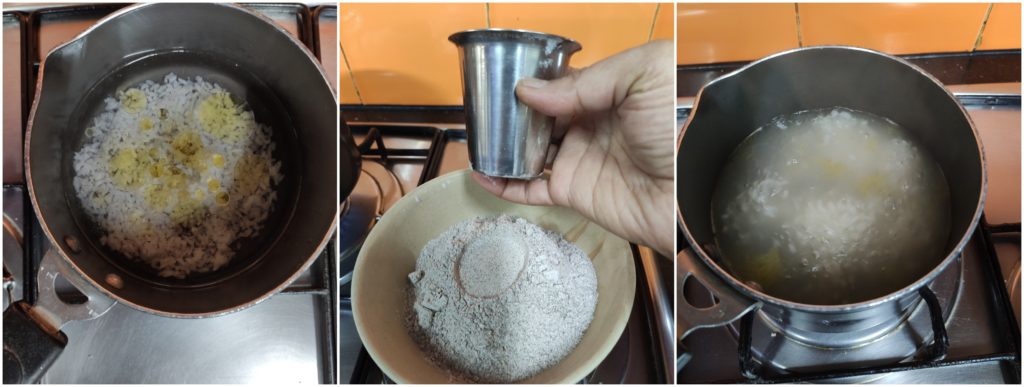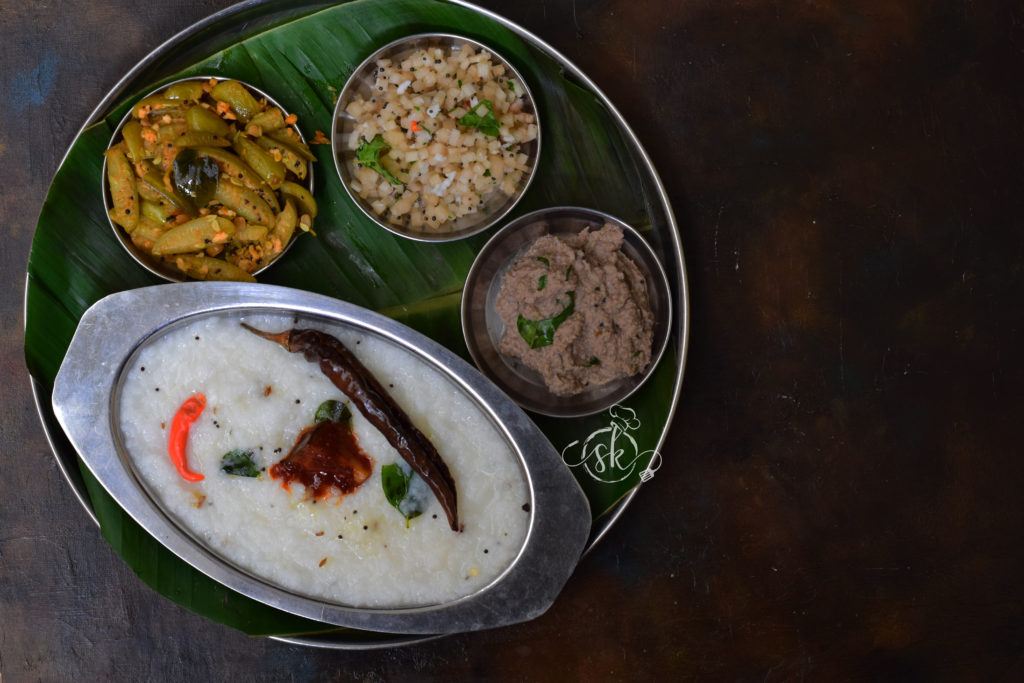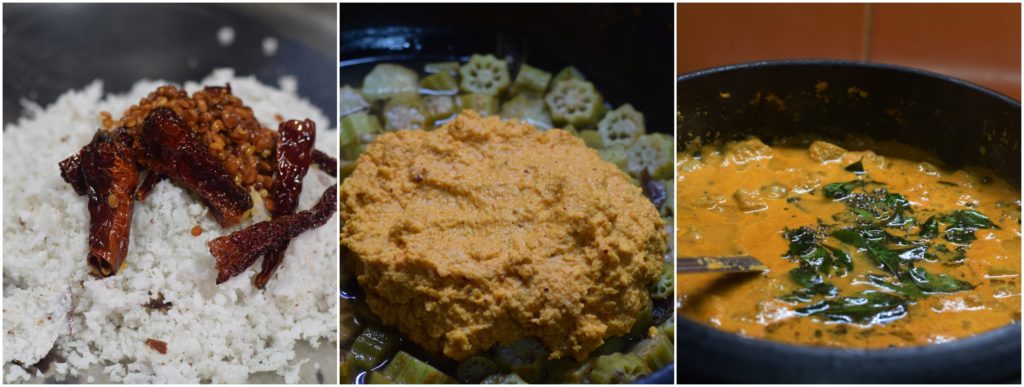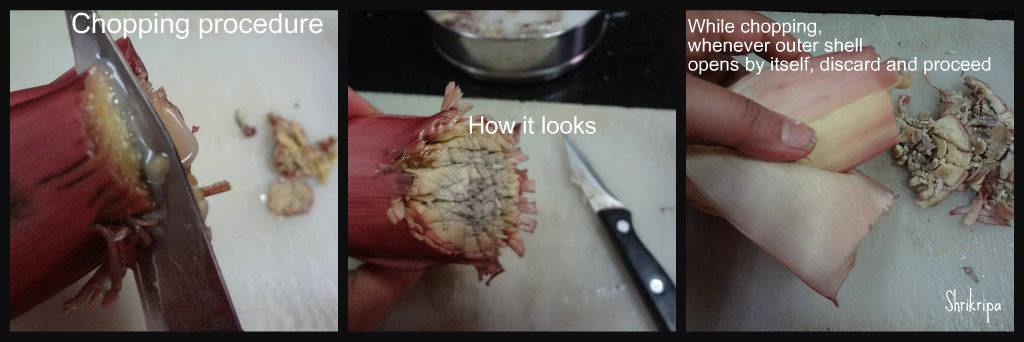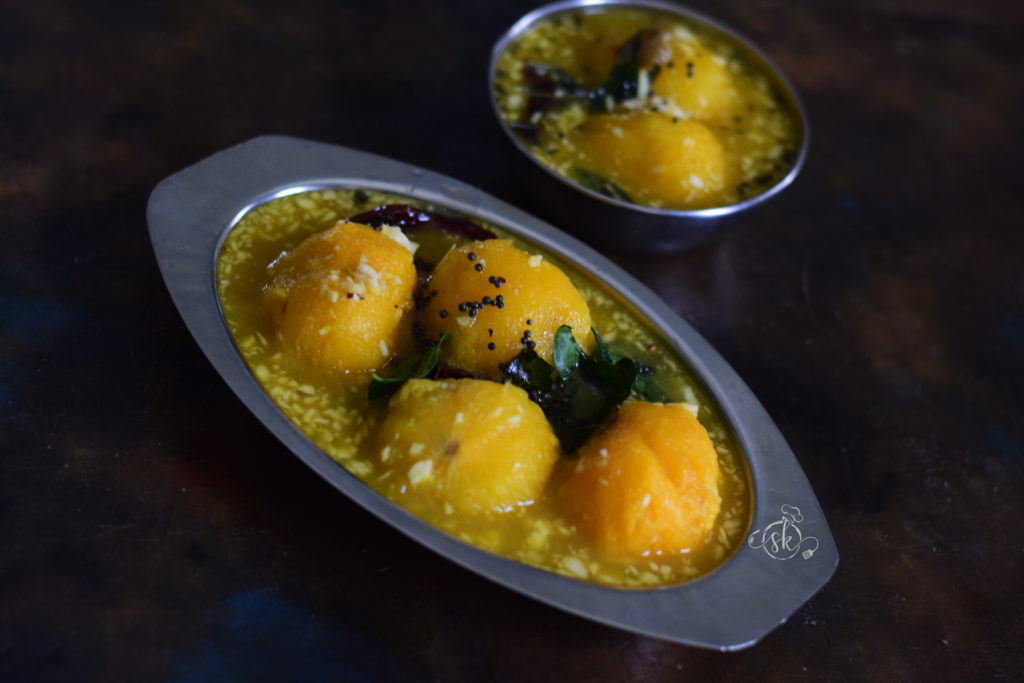Kosambari is a South Indian style vegetable salad, an integral part of any festival South Indian menu. It can be made with or without the tempering, which has significantly less oil, with all sorts of fresh flavours, such as grated veggies, raw legumes, raw mango or lemon, coconut oil and hing.
Here, what I am sharing is our family favourite, Carrot corn salad. That is how my family identify this salad and demands it. Here, one can add or delete or increase or reduce the quantity of any ingredients without any compromise on taste.

Ingredients:
Grated carrot – 1 or 2
Boiled corn – 1 small cup
Sprouted Moong/green gram – 1 small cup ( optional)
Pomegranate kernels – as needed
Grated Raw mango/lemon juice – as needed
Salt
Chopped coriander – 1 – 2 tbl spoons
Fresh Coconut – 1 to 2 tbl spoons
Seasoning:
Coconut oil – 1 tsp, Mustard – 1 tsp, Hing – ¼ tsp
Green chilli – 1 or 2 (chopped), Curry leaves – 1 spring
Method:
-Take one bowl, mix in Grated carrot, boiled and cooled corn, Pomegranate kernels, Sprouted moong, Grated raw mango, Salt, chopped coriander, fresh Coconut and mix everything.
-Do the seasoning by heating coconut oil, splutter Mustard, add hing, chopped green chilli roast a bit. Add Curry leaves and put them over the salad.
-Mix everything, enjoy as a filler, healthy appetiser or as a side dish or as an evening snack.


